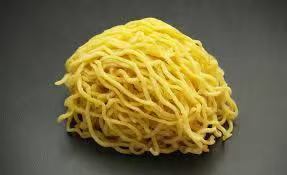The Secret of Ramen
- Lin Wang
- Oct 23
- 2 min read
-- Dean Wangwright
– Understanding the Fundamental Differences Between American and Japanese Flours –
For Culinary and Baking Professionals
Fundamental Differences in Flour Characteristics
Effect on Finished Products
Major Flour Brands & Specifications
Recommended Usage by Purpose
Understanding the structural and mineral differences between American and Japanese flours allows professionals to control hydration, elasticity, and final texture precisely.
Choosing the right flour type is the foundation for reproducing authentic results across cultural styles — from Ramen to chewy shokupan or crisp tempura.









Comments